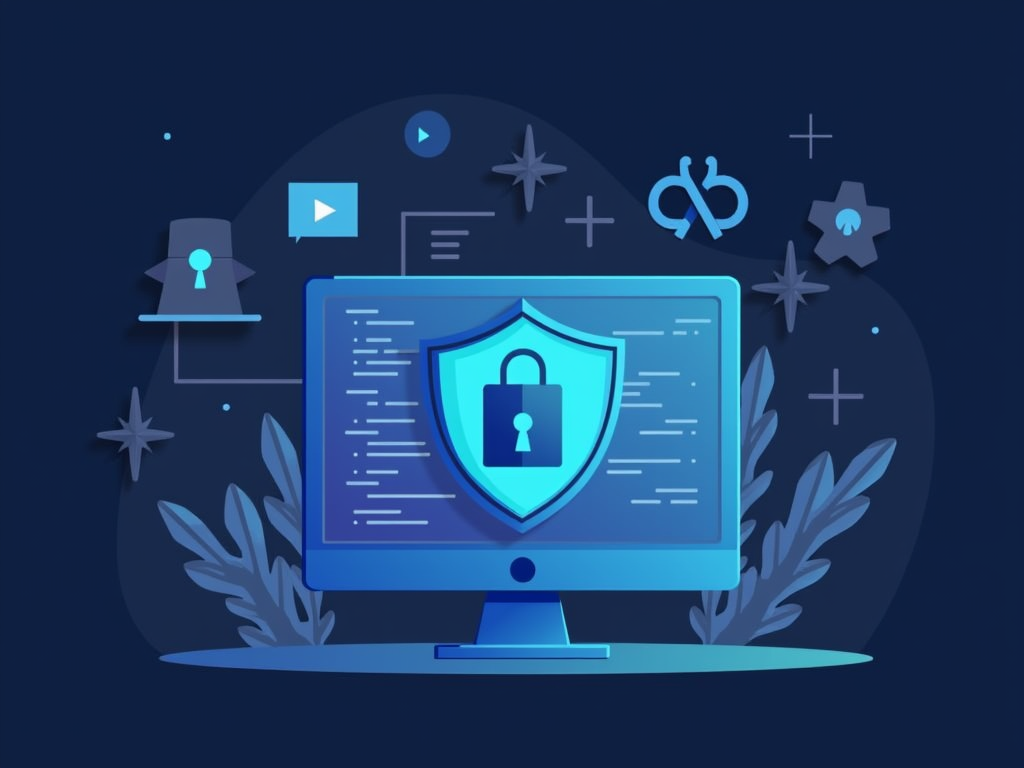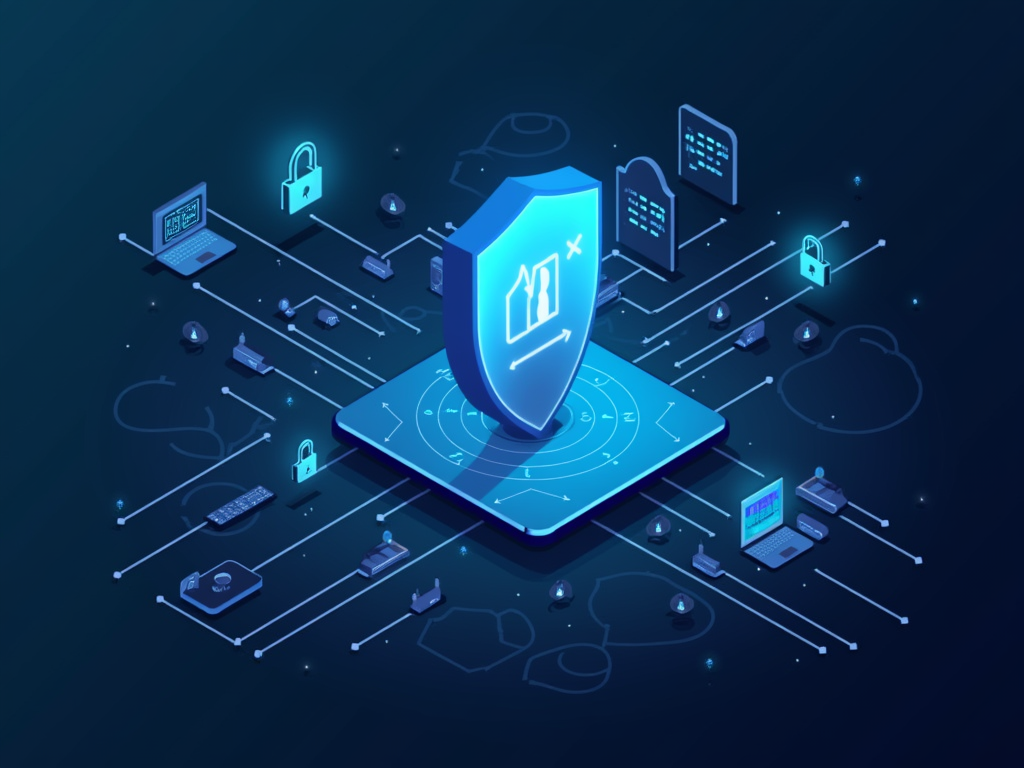How to Use Training and Education for Cybersecurity Awareness
In today’s digital age, cyber threats are an ever-present danger that can compromise even the most robust security systems. As a result, it is essential to educate individuals on the importance of cybersecurity awareness and empower them with the skills necessary to protect themselves and their organizations from these threats. In this article, we will explore how training and education can be used to promote cyber security awareness.
Why Cybersecurity Awareness is Crucial
Cybersecurity attacks are no longer a matter of if, but when. As the number of connected devices continues to grow, so do the potential entry points for hackers. According to the FBI, cybercrime costs organizations millions each year. Moreover, the consequences of a successful attack can be devastating, including damage to reputation, financial losses, and even loss of sensitive information.
Benefits of Cybersecurity Awareness Training
Cybersecurity awareness training offers numerous benefits, including:
Reduced Risk of Attack
By educating individuals on common cyber threats and best practices for protecting themselves online, you can significantly reduce the risk of attack. This is particularly important for organizations with sensitive data or intellectual property that needs to be protected.
Improved Incident Response
In the event of a breach, having trained personnel can make all the difference in containing the damage and minimizing downtime. Cybersecurity awareness training helps individuals understand how to respond effectively to an incident, including reporting suspicious activity and preserving evidence for investigation.
Enhanced Employee Education
Cybersecurity is not just a technical issue; it also requires human understanding. Training employees on cybersecurity best practices promotes a culture of security within the organization, ensuring that everyone is working together to protect sensitive data.
Best Practices for Cybersecurity Awareness Training
To ensure effective training, follow these best practices:
Start with Fundamentals
Begin by teaching the basics of cyber hygiene, including password management, safe browsing habits, and secure communication methods. This foundation will help build a solid understanding of cybersecurity principles.
Focus on Real-World Scenarios
Use real-world scenarios to illustrate common cyber threats and demonstrate how individuals can mitigate these risks. For example, you could simulate phishing attacks or ransomware attacks to show the consequences of poor cybersecurity habits.
Provide Hands-On Training
Offer hands-on training opportunities that allow participants to practice what they have learned. This can include activities such as configuring firewalls, setting up antivirus software, and testing network vulnerabilities.
Make it Interactive
Interactive training sessions are more engaging and memorable than traditional lectures. Incorporate group discussions, role-playing exercises, or gamification elements to keep participants engaged and motivated.
Monitor Progress and Provide Feedback
Regularly monitor the progress of trainees and provide constructive feedback on their performance. This will help identify areas for improvement and ensure that individuals are meeting the training objectives.
Conclusion
In conclusion, training and education play a vital role in promoting cybersecurity awareness. By providing employees with the knowledge and skills necessary to protect themselves and their organizations from cyber threats, you can significantly reduce the risk of attack and enhance overall security posture. Remember to start with fundamentals, focus on real-world scenarios, provide hands-on training, make it interactive, and monitor progress and provide feedback.
Resources
For further reading on cybersecurity awareness training, check out these resources:
- NIST Cybersecurity Awareness Training: A comprehensive guide to cybersecurity awareness training, including best practices and guidelines.
- Cybersecurity and Infrastructure Security Agency (CISA): CISA’s guidance on cybersecurity awareness training, including recommendations for employers and employees.
Disclaimer
This article is intended to provide general information and should not be considered as formal legal or professional advice. Cybersecurity threats are constantly evolving, and it is essential to stay informed and up-to-date on the latest best practices and guidelines.



